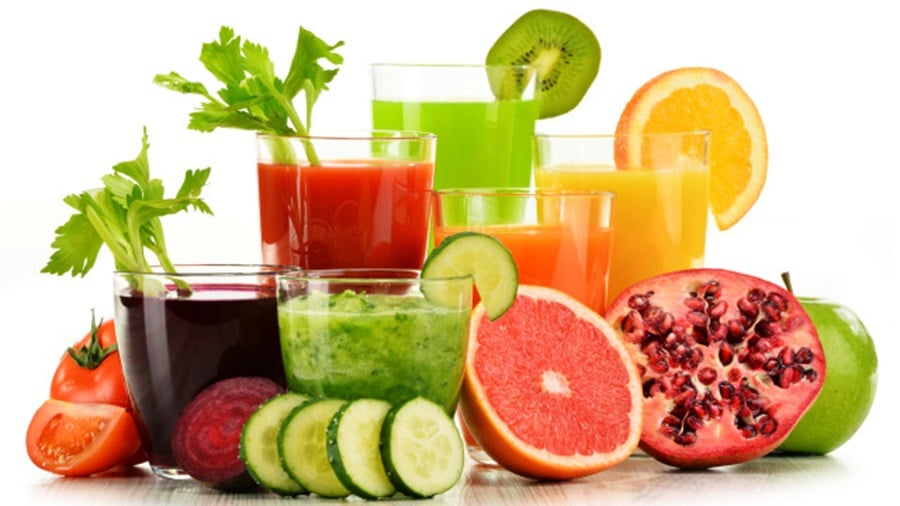Calorie control is a fundamental aspect of managing a healthy lifestyle, aiming at balancing the energy we consume through food with the energy we expend in our daily activities. Embarking on a 1-week calorie control meal plan is an excellent way to kickstart a journey towards a healthier self, whether the goal is weight loss, improving metabolic health, or adopting healthier eating habits. This plan provides a structured approach to eating a balanced diet, focusing on nutrient-dense foods while maintaining enjoyable and satisfying meals. By following a guided meal plan, individuals can learn the basics of nutrition, portion control, and how to make informed food choices that support their health goals.
Contents
Understanding Calorie Control
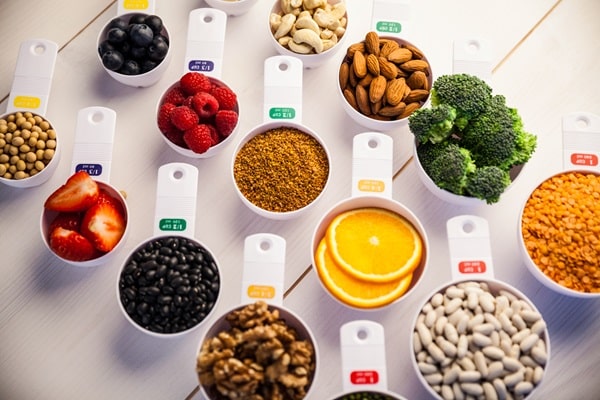
Calorie control involves regulating the amount of food energy consumed to match an individual’s health and fitness goals. It is based on the principle that weight management is influenced by the balance between calories consumed and calories expended through physical activity. Understanding this balance is crucial for anyone looking to lose weight, gain muscle, or maintain their current weight healthily. By focusing on calorie control, individuals can make more informed choices about their diet, leading to improved body composition and overall health.
Moreover, calorie control is not just about reducing food intake but about making smarter food choices. This involves selecting foods that are not only low in calories but also high in nutritional value, such as vitamins, minerals, and fiber. Balancing macronutrients—carbohydrates, proteins, and fats—is essential for a well-rounded diet that supports bodily functions, muscle repair, and energy levels. Educating oneself about these aspects can empower a more sustainable and healthy approach to eating.
Preparing for Your Calorie Control Week

Preparation is key before embarking on a calorie-controlled week. Planning meals and snacks ahead of time ensures that you have healthy options available, reducing the temptation to reach for convenient but unhealthy foods. It’s important to create a grocery list that aligns with your meal plan, focusing on whole foods like fruits, vegetables, lean proteins, and whole grains. Avoiding processed foods and those high in added sugars and unhealthy fats can significantly impact your success.
Meal prepping can be a game-changer for sticking to your calorie goals. By dedicating a few hours to preparing meals for the week, you can save time, reduce stress, and avoid the pitfalls of last-minute dining decisions that may not align with your health objectives. This might include cooking in bulk, portioning meals into containers, and having healthy snacks readily available. Such an organization supports consistency in calorie control and makes healthy eating more manageable and enjoyable.
Day 1 – Kickstarting Your Journey

The first day of your calorie control plan sets the tone for the week. Starting with a balanced breakfast that includes a mix of carbohydrates, protein, and a little healthy fat can fuel your body and keep you satisfied until your next meal. A light but filling lunch can prevent afternoon slumps, while a nutritious dinner can help you end your day on a positive note. Each meal should be designed to fit within your daily calorie goal while providing the nutrients your body needs.
Hydration plays a critical role in this journey. Drinking plenty of water throughout the day can aid digestion, improve skin health, and help control hunger. It’s also beneficial to incorporate low-calorie beverages like herbal teas or flavored water to keep things interesting. This first day is about establishing healthy habits that you’ll build on throughout the week, including mindful eating, listening to your body’s hunger cues, and enjoying the process of nourishing yourself with wholesome foods.
Day 2 – Incorporating More Vegetables
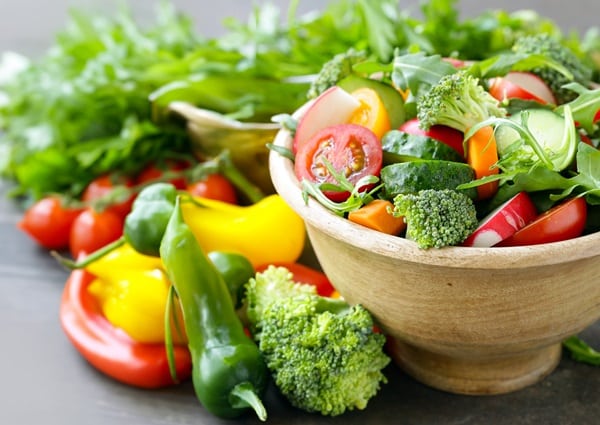
The second day emphasizes the importance of vegetables in a calorie-controlled diet, which is not only low in calories but also high in fiber, vitamins, minerals, and antioxidants. Vegetables can add volume to meals without significantly increasing calorie intake, helping you feel full and satisfied. Incorporating a variety of vegetables across all meals ensures a colorful and nutrient-dense diet. For example, starting the day with spinach in an omelet, adding a mixed salad with lean protein for lunch, and steaming a medley of vegetables for dinner can significantly boost your nutrient intake.
Expanding the variety of vegetables in your diet can also introduce new flavors and textures, making meals more enjoyable and less monotonous. Creative ways to include more vegetables might include vegetable-based soups and stir-fries or even using vegetables as a base for dishes, such as cauliflower rice or zucchini noodles. These options not only enhance your nutrient profile but also help in keeping overall calorie consumption in check. Remember, the goal is to enjoy your meals and feel nourished, not restricted.
Day 3 – Protein Focus
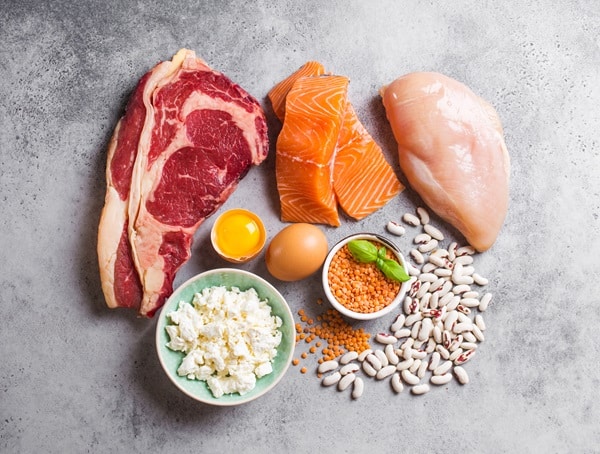
Day 3 shifts the focus towards protein, an essential macronutrient that plays a key role in satiety, muscle repair, and growth. High-protein meals can help you feel full longer, reducing the likelihood of snacking on high-calorie foods. Incorporating a source of lean protein in every meal is crucial; breakfast could include Greek yogurt or scrambled eggs, lunch a chicken salad, and dinner a piece of grilled fish or tofu for those following a plant-based diet. Protein also has a high thermic effect, meaning your body uses more energy to digest it, which can aid in weight management.
Besides its benefits for satiety and metabolism, protein is vital for maintaining muscle mass, especially if you’re combining your meal plan with exercise. Options for healthy protein sources are vast, ranging from animal products like poultry, fish, and eggs to plant-based sources such as lentils, beans, and quinoa. It’s important to vary your protein sources to ensure you’re getting a range of nutrients. Cooking methods can also impact the healthiness of these protein sources; opt for grilling, baking, or steaming over frying to keep your meals as nutritious as possible.
Day 4 – Healthy Fats and Fiber
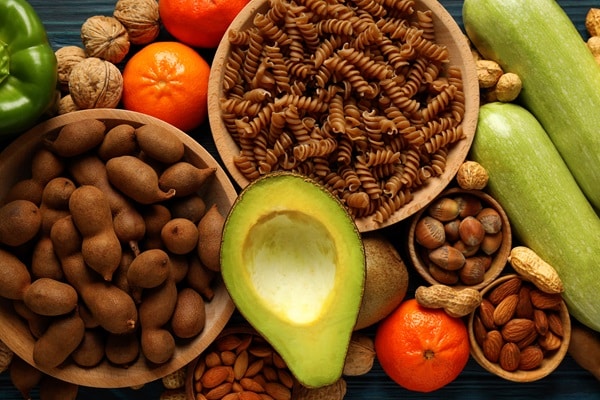
Day 4 brings attention to the importance of incorporating healthy fats and fiber into your diet, both of which are crucial for a balanced diet and effective calorie control. Healthy fats, found in foods like avocados, nuts, seeds, and olive oil, are essential for brain health, inflammation reduction, and satiety. Including a source of healthy fats in your meals can enhance the absorption of fat-soluble vitamins and provide a steady energy source without spiking your blood sugar levels. A breakfast of avocado toast, a handful of nuts for a snack, or a salad dressed with olive oil can seamlessly integrate healthy fats into your day.
Fiber, on the other hand, is paramount for digestive health and helps in regulating blood sugar levels, which can aid in preventing cravings and overeating. Foods high in fiber, such as fruits, vegetables, whole grains, and legumes, not only keep you feeling full longer but also support your gut health. Day 4’s meals should focus on these high-fiber foods, incorporating them into each meal to ensure you’re meeting your daily fiber needs. For example, starting the day with oatmeal topped with berries, having a quinoa and bean salad for lunch, and choosing a vegetable stir-fry with brown rice for dinner can make a significant difference in your overall fiber intake, promoting a feeling of well-being and aiding in weight management.
Day 5 – Creative Leftovers

By Day 5, the focus shifts to utilizing leftovers creatively to ensure no food is wasted while keeping meals interesting and nutritious. This approach not only saves time and money but also reinforces the habit of mindful eating. Creative use of leftovers can transform them into entirely new meals, such as turning last night’s roasted vegetables into a vibrant breakfast frittata or blending yesterday’s grilled chicken into a savory soup for lunch. The key is to view leftovers not as repeat meals but as ingredients for new culinary creations.
This day encourages experimentation and flexibility in the kitchen, allowing for personal preferences and dietary needs to guide meal preparation. For example, leftover quinoa can be mixed with fresh herbs and vegetables for a refreshing salad, or roasted meats can be shredded and added to wraps or tacos for a quick and satisfying meal. Emphasizing the use of leftovers also highlights the importance of portion control, as it allows for accurate measurement of ingredients, helping to keep calorie intake in check. This practice not only fosters creativity in the kitchen but also contributes to a sustainable eating habit, reducing food waste and encouraging a more thoughtful approach to meal planning.
Days 6 & 7

The weekend often presents a challenge to maintaining a calorie-controlled diet due to social events, dining out, or simply the temptation to indulge. However, with the right strategies, it’s possible to enjoy the weekend without derailing your progress. Planning ahead is crucial; if dining out, reviewing the menu beforehand and deciding on a healthy option can help you stay on track. Additionally, focusing on portion control and mindful eating can allow you to enjoy your meals without overindulging.
For Days 6 and 7, flexibility is key. While it’s important to stick to the principles of calorie control, allowing yourself some leeway can help maintain motivation and prevent feelings of deprivation. If a social event is on the agenda, planning your other meals to be lighter in calories can accommodate a more indulgent meal. Similarly, incorporating physical activities into your weekend, such as a family hike or a bike ride, can offset any extra calories consumed. This balanced approach promotes a sustainable lifestyle, emphasizing that calorie control is not about strict restrictions but about making healthier choices while enjoying life’s pleasures.
Wrapping Up the Week of Calorie-Smart Eating
Reflecting on the journey through a week of calorie-controlled eating reveals the importance of mindful meal planning, understanding nutritional balance, and embracing flexibility in dietary habits. This experience underscores the significance of integrating a variety of foods—rich in proteins, healthy fats, and fibers—into one’s diet, not only to maintain calorie intake but also to ensure meals are satisfying and nutritionally complete. It’s a reminder that achieving health goals is a combination of informed choices, preparation, and a positive mindset toward food and lifestyle. As you move forward, let this week inspire continued commitment to a balanced, healthful approach to eating, adjusting portions and ingredients to suit personal goals and preferences.

